Moon Landing Conspiracy Theorists Raise These Questions. Here's Why They're Nonsense.
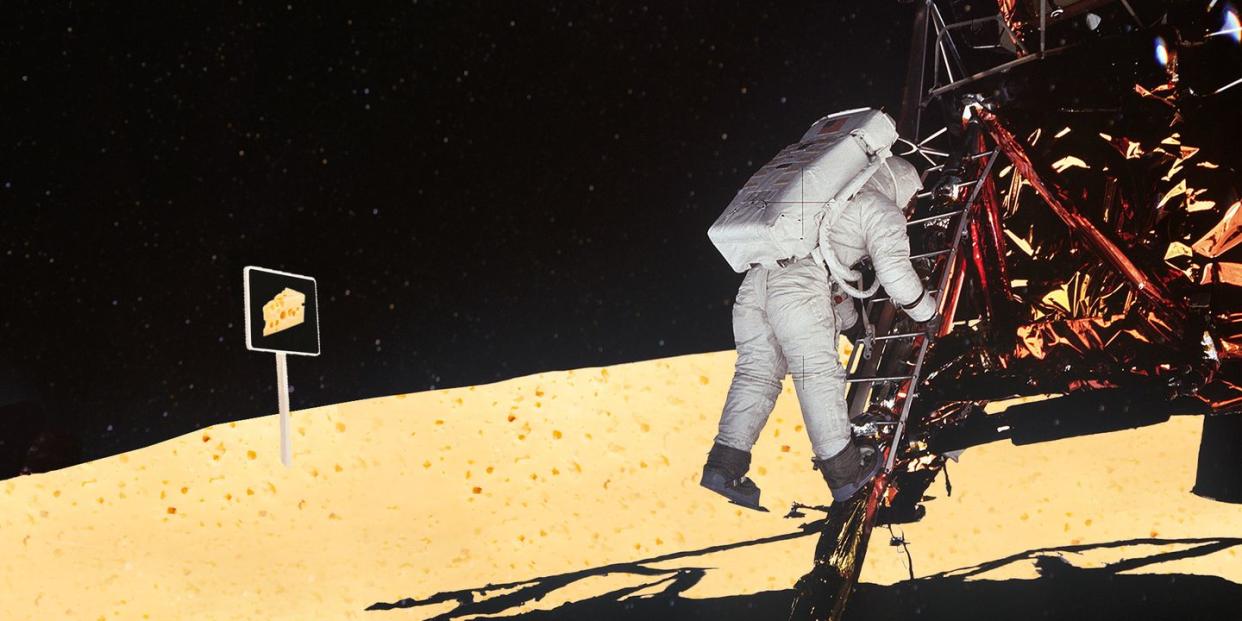
The moon actually is made of cheese. Really. Really! Not the stuff from which you saw off a wedge to spice up a cracker. Cheese. The bloomy-rinded pablum that people seem to mean, but can’t possibly be taken seriously.
The fifty years since we sent three men there—and put two on its surface!—have seen giant leaps for mankind, and moon shots for conspiracy theorists. Once the credo of dingy basements and underground newsletters, conspiracy theories are everywhere. The moon hoax alone has emerged on The View, in the NBA, and, to its detriment, in the general vicinity of Buzz Aldrin’s fists. If America is at risk of becoming the theocracy long-feared, the state religion is conspiracy.
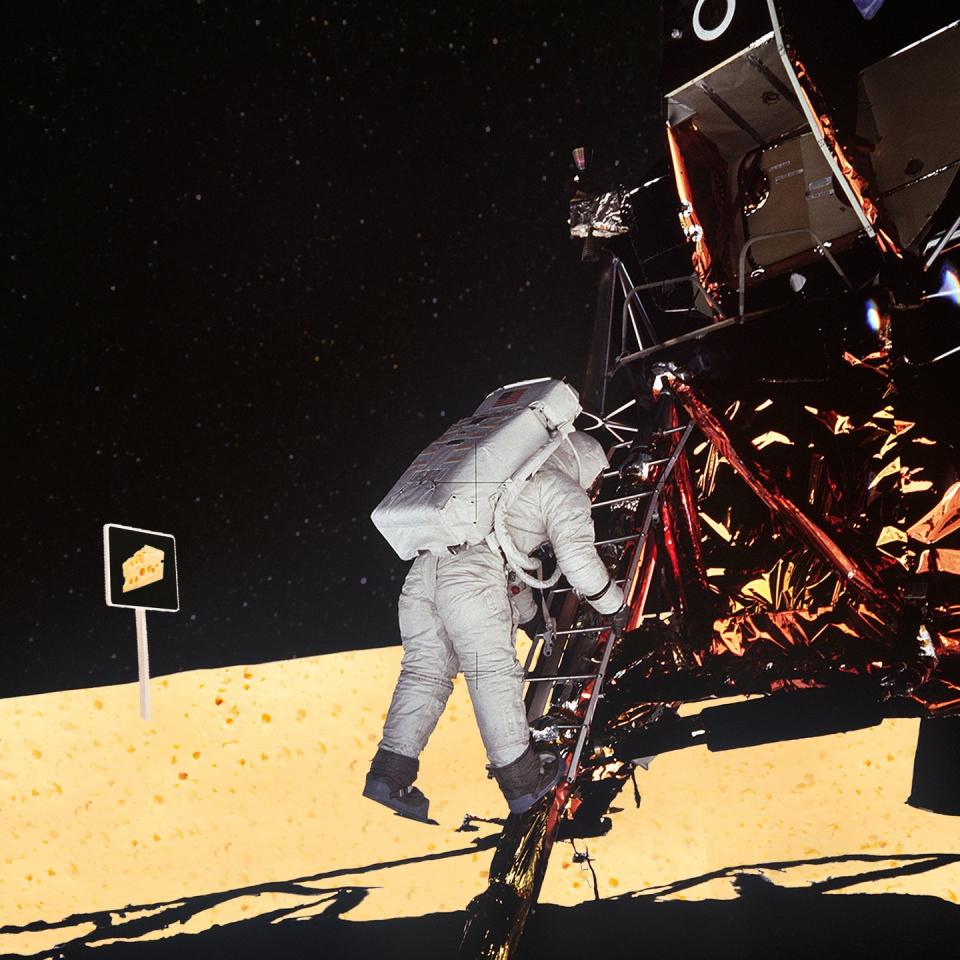
In retrospect, it’s not surprising that the moon landing has proven so durable as a subject of paranoid speculation, second only, probably, to JFK’s assassination. Whereas the miasma of theories around Oswald are rooted in the utter unreality of an American president's life—at the peak of the American Century—brutally ended before his time, the haze of disbelief around the lunar rendezvous has more to do with the sheer incomprehensibility of the leaps in technology that pulled it off.
The moon landing was the first great public achievement powered by computers, and even if they only had a tiny fraction of the processing power of an iPhone, they were still inscrutable. After all, the most complicated machine in most people’s homes in 1969 was the car in their garage, and if you popped the hood on a Trans Am and stared at it for a while, you could more or less make sense of how it worked. (Try that with a Tesla—oh, wait, there’s not even a motor under that hood.) With the moon landing, technology proved itself to be so advanced as to seem like, as they say, magic.
So of course there are people insisting it’s all a sham. Here is a sampling of some of the most common questions conspiracy theorists pose around the moon landing—and how to disprove (most) of them:
Where are the stars?
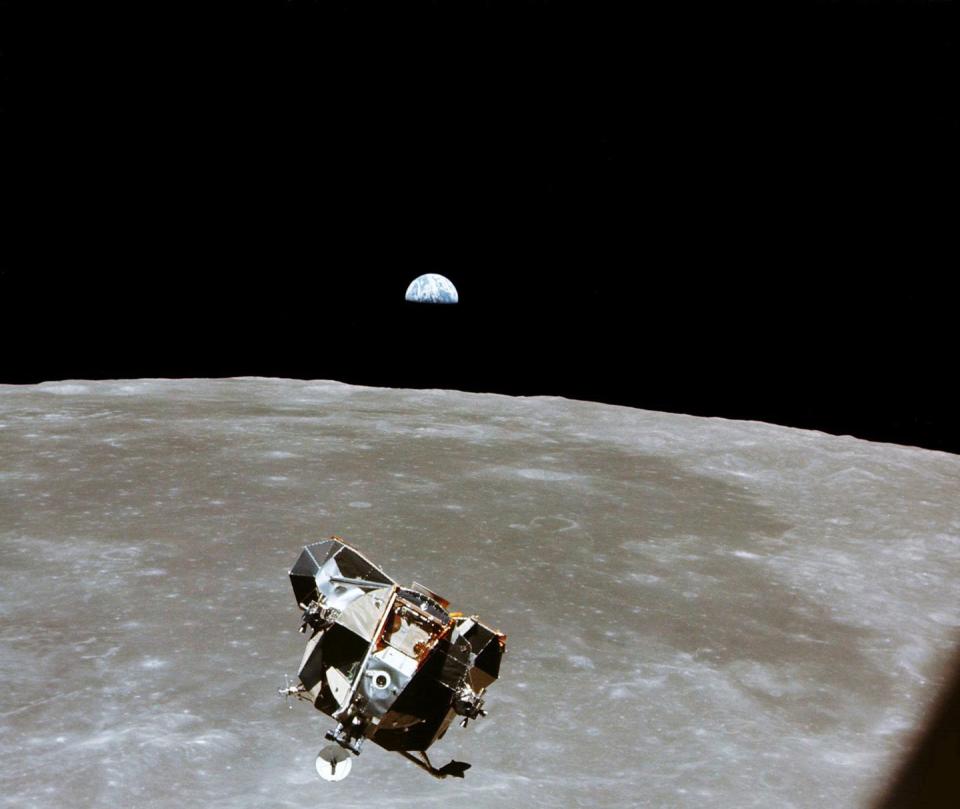
Why are there no stars in the Apollo 11 pictures? There’s not even an atmosphere on the moon—shouldn’t there be stars? Well, no. According to NASA—and, to be fair, maybe this is like citing the magician in your proof that a woman was actually sawed in half and put back together—the earth and the moon both reflect enough sunlight as to render the stars invisible. More specifically, with a camera configured to take good pictures in the amount of light present on the surface of the moon, stars are too faint to register an exposure. It’s like how you don’t see stars during the day on earth, or at night in a big city. The Apollo astronauts weren’t on the dark side of the moon, after all.
Why is the flag waving?
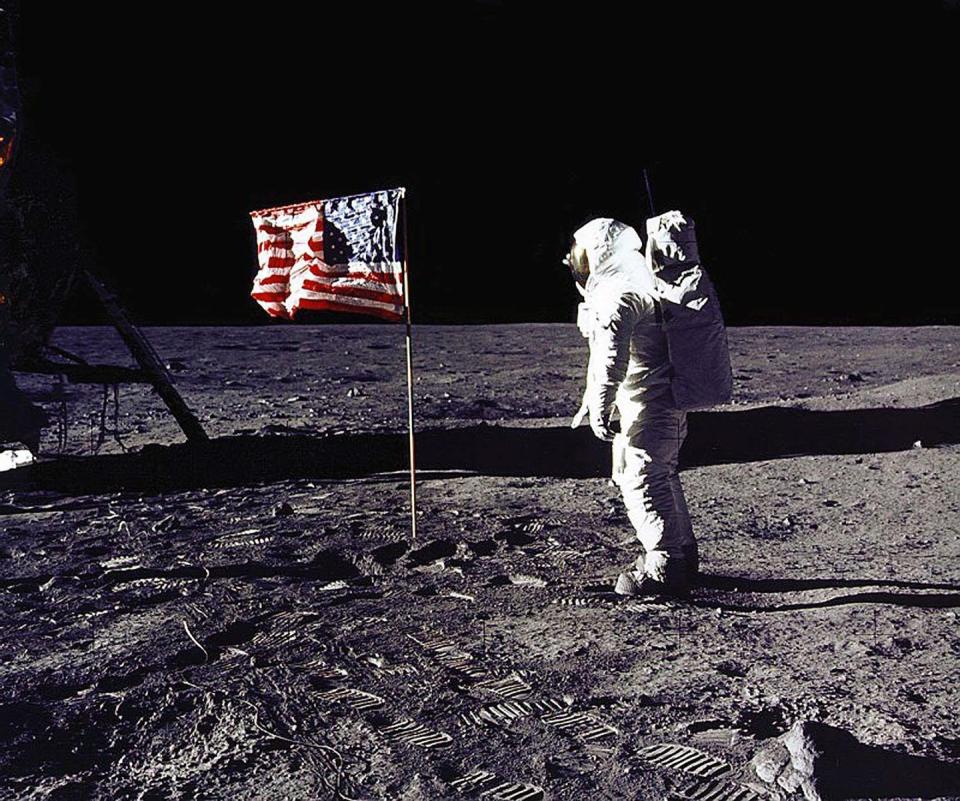
Some conspiracists point to the American flag Buzz Aldrin and Neil Armstrong planted on the moon: It seems to be flapping or waving, when the moon, without an atmosphere, should have no wind. There’s a pretty simple explanation for this one: A flag being stretched into place over a pole, and a flag hanging from a pole while the pole is being twisted deeper into the ground, is going to move.
NASA would probably help themselves here if they didn’t explain this using the weirdest possible language. Their statement on the matter: “Unfurling a piece of rolled-up cloth with sore angular momentum will naturally result in waves and ripples—no breeze required.”
Where the dust and crater from the lunar landing?
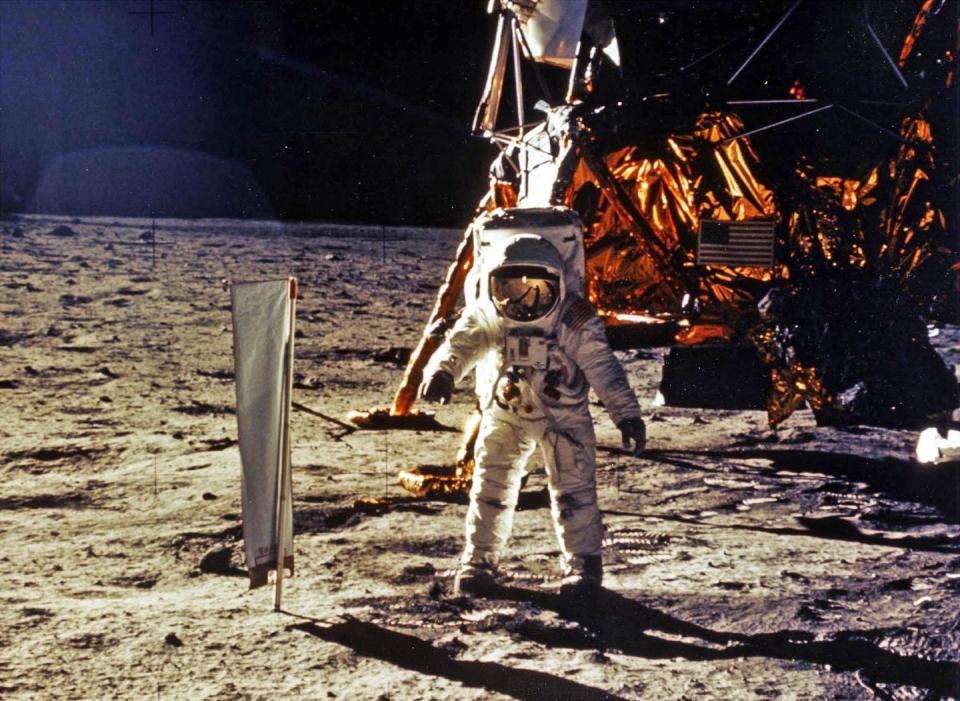
Why isn’t there a crater from the engines under the lunar lander? And why didn’t it kick up a huge cloud of dust when it landed and took off? Turns out that soil on the moon is pretty hard-packed, so it deflected force from the lander’s thrusters rather than being scoured into a crater. But also, the landing did kick up dust—it just didn’t behave the way we’d expect, given our experience with dust all comes from a planet with an atmosphere.
Anyway, if you want to see moondust, you can: Just check out Neil Armstrong’s suit at the Smithsonian. Conservators there have restored the suit, but they made sure to keep it dusty.
Did Stanley Kubrick direct the moon landing?
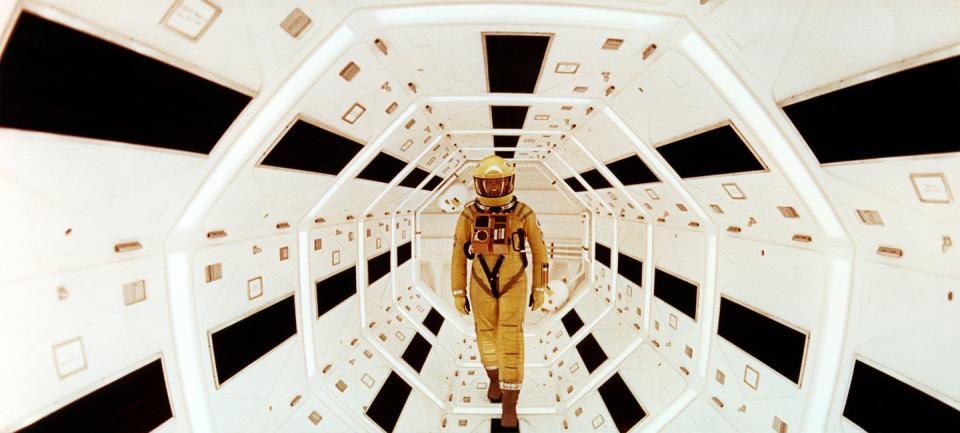
One of the most entertaining conspiracy theories suggests that Stanley Kubrick, the cinema visionary, directed the footage used for the hoax. He’d just made 2001: A Space Odyssey, so not only did he know how to direct space, but he’d actually made connections with space experts while putting that film together. The excellent documentary Room 237, about fan theories of hidden meaning in Kubrick’s later film, The Shining, includes one person who advances a theory that The Shining was Kubrick’s confession that he’d helped pull off the fakery. (You can watch it on Amazon, iTunes, or Google Play.)
The thing about the Kubrick theory is that it's probably not disprovable.
But here's the thing...
If someone buys a preposterous idea like Stanley Fucking Kubrick directed the moon landing, what are you going to say that they won’t have a rebuttal for? So it’s worth noting that while there are plenty of counterarguments for common questions moon conspiracists have, there’s also positive evidence indicating that we made it there.
Rocks brought back from the moon have been studied extensively—including by scientists outside of NASA—and proven to have characteristics that means they are not of the earth. The Apollo astronauts left retroreflectors on the moon, which scientists on earth target with lasers to measure distance. Scientists from many agencies—not just insidious American ones that are in on the hoax—have been using the retroreflectors for experiments for decades.
But then, that sort of gets at the problem. The average person doesn’t know what a retroreflector is, or how to determine the age or geology of moonrocks, or the physics of dust kicked up by a lunar lander. Theories that we faked the moon landing will probably never go away, because it’s just too damn impressive. So maybe the best proof that the man landing was real is this: Even the Russians, who then—as now—were at best our competitors and at worst our enemies, haven’t disputed that we made it. We feeble humans actually pulled that off.
Of course, the great irony of a conspiracy theory rooted in enormous technological leaps— especially from 50 years on—is that not only has technology continued to advance in such a way that obviously we had the stuff needed to get some dudes to the moon, but with the way we’re all connected now, it would be virtually impossible to keep the secret if we hadn’t. Or at least that's what they want us to believe.
You Might Also Like

 Yahoo News
Yahoo News 
